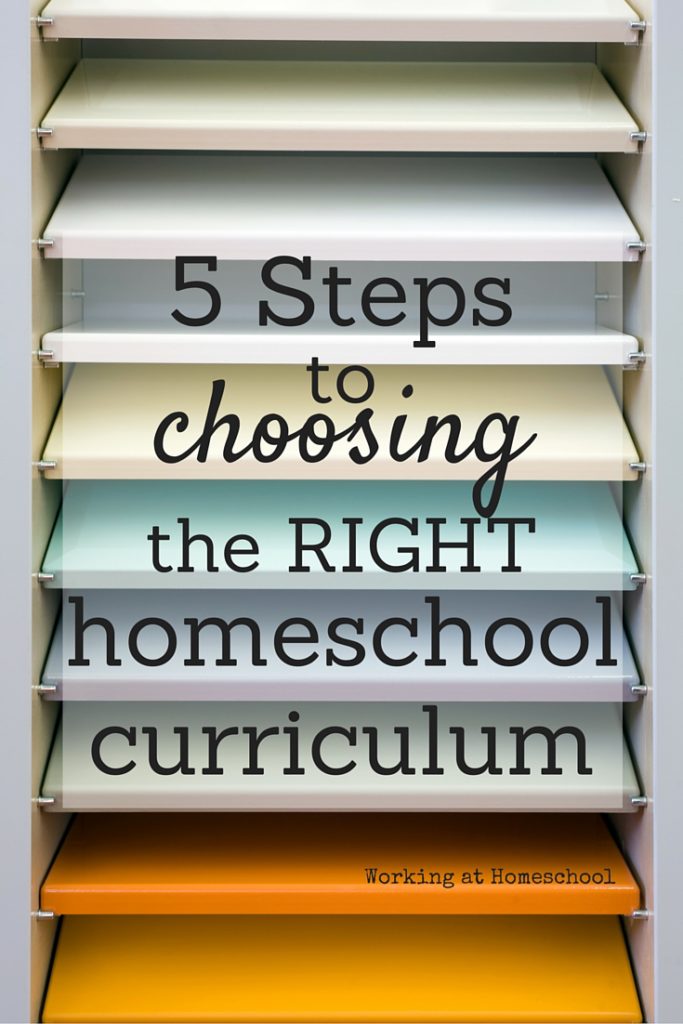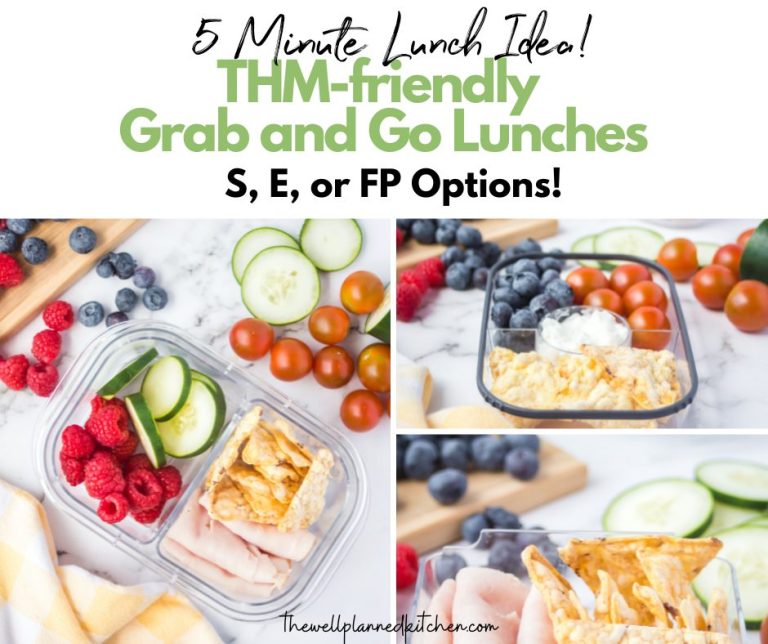Five Steps to Choosing the Curriculum that’s Right for You

As a homeschool mom who has tried many different programs, I have identified a few key steps to help me find the right curriculum for my family each year. Figuring out how to choose the right homeschool curriculum can seem difficult, but with some thought, you can simplify the process. I intentionally take it one year at a time because so many factors go into making homeschool work for me and my kids. What works one year may not work the next year. With so many choices, it is easy to get bogged down when you are trying to decide!
It is incredibly important to choose a curriculum that works for your kids while allowing you to complete your jobs in the home, whether you work an extra job for income at home or not. Here are five steps to start you on the path to a great homeschool year:
Step #1: Set your goals.
What is most important to you this year? Is it character? Intense Bible study? Practical life skills? What is second in importance? Curriculum can be Bible-driven, math-driven, grammar-driven…you name it. Setting goals and deciding what is important is key to making good curriculum decisions.
Step #2: Determine your child’s learning style.
Through several online resources I discovered that I have one kinesthetic learner and one auditory learner. I’m not certain of my youngest two yet, but I will definitely plan to figure it out! At the suggestion of homeschoolcreations.net, I ordered the book “The Big WHAT NOW Book of Learning Styles” by Carol Barnier, and I’m excited to read it! It’s always good to make sure you’re on the right path. Another of my favorite descriptions of learning styles is from Weird Unsocialized Homeschoolers. Once you have figured out the best way to teach your child according to their learning style, you can choose a curriculum that suits their needs.
Or…don't. I really think that after years of homeschooling, considering my teaching style is even more important than my kids' learning style. It may sound a little harsh, but the curriculum that works for us is the curriculum that I can stick with and execute (see #3). Really, if I know a kid prefers to learn visually, it can help me pull out some fun stuff to reinforce what they're learning, regardless of the curriculum.
Step #3: Determine your organizational style.
This is more important than you might think. I have brilliantly organized friends who can piece together their own curriculum and stay on track all year. I have brilliantly creative friends who can unschool and teach their children incredibly well. I have friends who are both organized and creative who thrive on workbook-driven curriculum.
If becoming a mom helps to refine you, burning off laziness and selfishness, becoming a homeschool mom pushes you even further. For me, the year I pieced together my own curriculum with tools like AmblesideOnline, I discovered that I am just too lazy and disorganized to successfully teach my children without a curriculum. I know many people who utilize Ambleside Online very well, I am just not one of them!
Recognizing that I need a curriculum that helps me to stay organized, I have since ensured that any curriculum I choose has a well-put-together teacher’s manual. My Father’s World has a teacher’s manual that tells you what needs to be done every day to finish in 36 weeks. After a few years of My Father's World, I noticed that my children's needs were changing, and we switched to Sonlight curriculum (you can read the details of the curriculum we've chosen and why here). This is the kind of organization I need to get things done, but I know many people who are way better than I am at organizing on their own. Either way, it’s an important feature to consider!
Step #4: Count the cost.
Whether you are teaching one child or ten, you have to consider the cost of the curriculum and any extra expenses throughout the year. Keep in mind that while homeschool is more expensive than public school, it is far less expensive than private school in most cases. I've compiled a list of 15 ways to save money homeschool curriculum if you need more ideas, and HSLDA points out in this article that school can be done very inexpensively.
Step #5: Do your research.
My favorite sources to review homeschool curriculum are Cathy Duffy and homeschoolreviews.com. Input from parents who have used the curriculum you are looking at is invaluable. Keep in mind that while an overwhelmingly positive review is a good sign, it still may not be the best fit for you and your child. I talk to friends (both online and in person), church members, and other homeschool moms before making big (or expensive) curriculum choices.
It’s also important to consider the overall tone of the books or programs you choose. I think that creativity in our children is precious and must be protected. Moms have the power to squash or encourage creativity, and curriculum can do the same. If the books I choose for my children are dry and boring, I can hardly expect them to enjoy learning and want to know more. My ultimate goal for homeschooling my children is to instill an insatiable hunger for God, and to a lesser degree, an insatiable hunger to learn more. I want my children to be lifelong learners, always interested in the world around them. The key ingredient to thinking, interested children is creativity. I want to choose curriculum that causes helps their imaginations to flourish instead of flounder.
Have you ever regretted a curriculum purchase? What do you consider when choosing a homeschool curriculum?
 Copyright secured by Digiprove © 2016
Copyright secured by Digiprove © 2016




